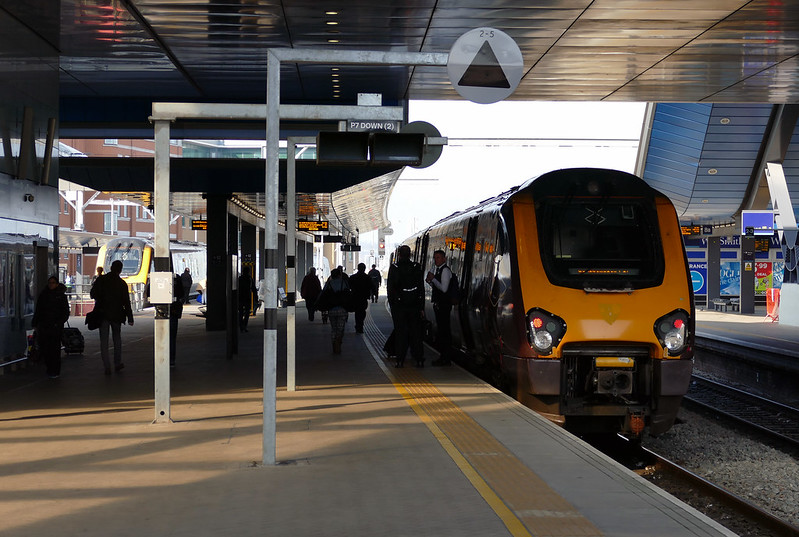The term ‘heavy rail’ is used to refer to conventional mainline railways, in comparison to metros, tramways, or other transit modes.

These systems will normally be to the full standards for mainline rail, including the National Technical Specification Notices and Railway Group Standards.
There will normally be a need to integrate with national signalling and communications controls arrangements.
Freight compatibility is normally good, though the capability of structures and of gauge clearance on routes is variable.
Intercity and long distance routes are characterised by longer distances between stations, vehicles with higher peak speeds, and a higher proportion of seated passengers due to the longer journey times experienced. Due to working across a wide network of stations with differing platform heights and offsets, there is normally a need for passengers with mobility impairments to have assistance boarding and alighting.